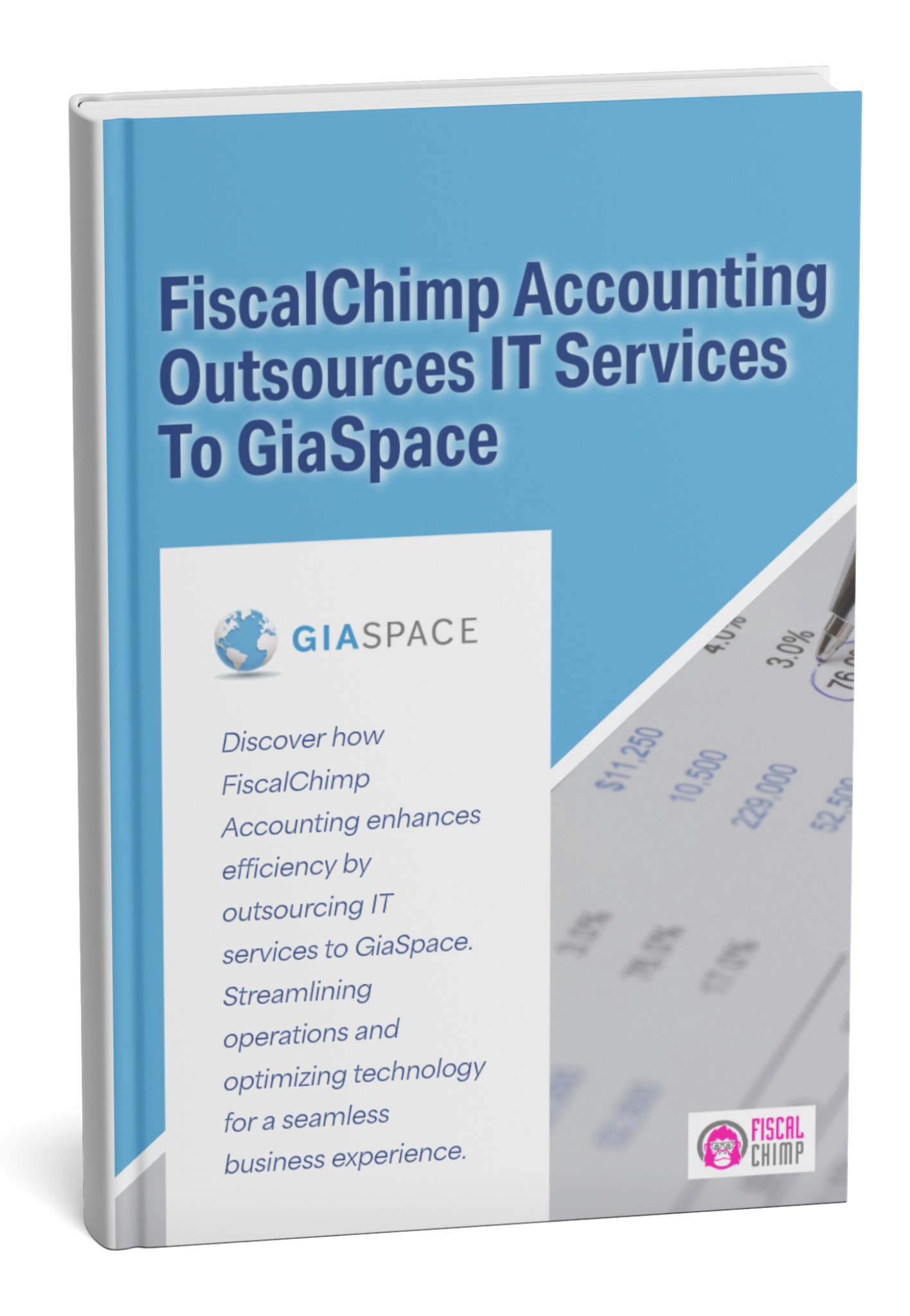The Marvel of the Cloud: Unmasking Its Intricacies
You might find yourself wondering: what exactly is the cloud? Understanding what exactly is cloud is essential. It’s a term you’ve probably encountered numerous times, and maybe you even have a general idea about it. On the surface, the basic concept of the cloud is straightforward – it simply refers to virtual servers housed in various data centers around the globe. These servers host the software, databases, and services countless organizations use to run their businesses. Simple, right?
But beneath this surface-level understanding lies a labyrinth of complexity that might leave you feeling disoriented.

Cloud Computing: The Magnitude of Simplicity
When your business operates in the cloud, there is no longer a need to possess or maintain a physical data center or server system. You can bid farewell to the headaches of hosting or managing your infrastructure or software services. This is because these services can be delivered to you via the cloud.
In the cloud, your employees and customers can access your IT infrastructure from any location, provided they use an authorized device. With an increasingly digital society where instant results are the norm, the cloud offers speed, agility, and accessibility like never before.
Yet, transitioning to the cloud isn’t as easy as simply pushing a ‘Go’ button.
The Unseen Challenges in Transitioning to the Cloud
While the shift to the cloud promises cost savings and operational efficiencies, the path to getting there is far from simple. Any company that has attempted to harness the power of cloud technology knows that you can’t simply migrate to the cloud at the flick of a switch. The intricate nature of the IT infrastructure utilized by large-scale businesses means that any move to the cloud will involve complexity requiring detailed planning, staff training, and extensive external expertise. The harsh reality is that there is no shortcut to digitization.
The rising demand for instantaneous information exerts immense pressure on companies to employ the cloud to meet these demands. But which cloud should you opt for?
Cloud Options: The Complexity Conundrum
Choosing your preferred cloud destination is a task that adds to the complexity of migrating to the cloud. Do you opt for a private cloud, a server network dedicated solely to your organization? Perhaps the public cloud, where state-of-the-art data centers built by tech giants are shared by commercial organizations? Or does a hybrid solution, combining private and public, better fit your requirements? Maybe your business is best suited to a multicloud deployment involving virtual servers, software, and services from several public cloud operators.
These decisions are far from trivial. Your choice will be heavily influenced by the nature of your business and the existing configuration of your IT systems. Each type of cloud caters to different needs, so you must consider whether your priority lies in data processing, AI tools, data privacy, or something else entirely.
Businesses may approach cloud consumption differently, but it’s observed that most of them typically opt for multicloud services. The reasons for this trend are diverse, ranging from simple data storage to complex algorithms or from cost efficiencies to an overall shift from on-premise environments to digital ones.
Cloud Deployment Options
Cloud deployment models refer to where the cloud servers and infrastructure are located and how they are managed. Understanding these models is essential for businesses to choose the right cloud strategy. Here’s a breakdown of the main cloud deployment models:
1. Private Cloud
- A private cloud is exclusively used, managed, and dedicated to a single organization.
- It can be hosted on-site or by an external vendor, as long as it is used by only one party.
- This model offers greater flexibility and control over the infrastructure.
- Private clouds are often favored by organizations with strict security and compliance needs, such as banks or governments.
- They provide scalability and on-demand resource usage.
2. Public Cloud
- In a public cloud, a cloud vendor manages servers, storage, and supporting infrastructure.
- Multiple organizations can use the same infrastructure, but each has independent and secure access to their data.
- Public clouds are highly reliable due to multiple servers running simultaneously.
- They are cost-effective as there is no need to maintain any infrastructure.
3. Hybrid Cloud
- A hybrid cloud is a combination of private and public cloud environments.
- This model is beneficial for companies already using a private cloud that may experience temporary spikes in demand.
- A hybrid setup allows businesses to support their private cloud with public cloud resources, scaling up when needed.
- This approach enables businesses to run smoothly on demand without creating a complex internal cloud infrastructure.
4. Multicloud
- Multicloud refers to using the same type of cloud services but from different providers.
- Companies are increasingly adopting multicloud strategies to improve flexibility and maximize security.
- Multicloud environments can include both public and private cloud deployments.
The Benefits of Cloud Technology
Cloud computing offers numerous advantages for businesses and individual users alike. Here are some of the key benefits:
1. Cost Savings
- Cloud computing can significantly reduce costs by eliminating the need to build and maintain on-site IT infrastructure, such as servers and data centers.
- With cloud services, you only pay for the storage or computing resources that you actually use.
2. Scalability
- Cloud resources can be scaled up or down based on current needs, allowing for flexibility and efficient resource management.
- This means you can adjust your IT resources as your business grows or changes without investing in physical hardware.
3. Accessibility
- Cloud-based files, applications, and databases can be accessed from anywhere with an internet connection, supporting remote work and collaboration.
- Employees can stay updated and access the same resources regardless of their location.
4. Reduced Data Loss
- With cloud storage, data is automatically saved and backed up on multiple servers, reducing the risk of data loss due to hardware failure or other issues.
- Cloud providers have automated backup strategies and built-in redundancy that protect against data loss.
5. Improved Security
- Cloud providers offer enhanced security measures such as advanced firewalls, AI-driven threat detection, and third-party security testing.
- Cloud environments are often more secure than local devices because providers perform regular updates and security checks to protect against malware and other threats.
By understanding the various deployment models and the numerous benefits that cloud technology offers, businesses and individuals can make informed decisions to leverage the cloud for greater efficiency, flexibility, and cost-effectiveness. Many people wonder, what exactly is the cloud?, and the answer is that it’s a complex system that provides virtual servers housed in data centers around the world. These servers host the software, databases, and services that businesses use to operate. Understanding what exactly is the cloud also involves recognizing that it eliminates the need to maintain physical data centers or server systems.
Cloud Service Models Explained
When exploring cloud computing, it’s essential to understand the different service models available. These models define what type of resources are provided and how much control you have over the infrastructure. The primary cloud service models are Software-as-a-Service (SaaS), Platform-as-a-Service (PaaS), Infrastructure-as-a-Service (IaaS), and Function-as-a-Service (FaaS). Let’s explore each of these in detail:
1. Software-as-a-Service (SaaS)
- SaaS is a model where software is accessed on-demand, typically through a web browser.
- With SaaS, you don’t need to install anything on your local device. The software is hosted on cloud servers and is accessible over the internet.
- The vendor manages all aspects of the software, including maintenance, updates, and backups.
- Examples of SaaS include Microsoft Office 365 and Google Mail. You simply open the application through your web browser.
- SaaS solutions offer ease of use since they are ready to use and require no user configuration.
2. Platform-as-a-Service (PaaS)
- PaaS provides a platform for developers to build and deploy applications without managing the underlying infrastructure.
- It offers development tools, databases, and other resources necessary for application development.
- PaaS is commonly used for business analytics and forecasting.
- Users can build their apps without having to maintain a complex infrastructure.
- Examples of PaaS providers include Heroku and SAP Cloud.
3. Infrastructure-as-a-Service (IaaS)
- IaaS provides the basic building blocks of IT infrastructure, such as storage, servers, and networks.
- Users have more control over the operating systems, storage, and deployed applications.
- With IaaS, the cloud vendor only provides the base infrastructure, upon which users can build their applications with their tools.
- Users are responsible for managing and maintaining their applications and operating systems.
- Major IaaS providers include Microsoft Azure and Amazon Web Services.
4. Function-as-a-Service (FaaS)
- FaaS allows users to deploy and run specific parts of an application, commonly referred to as “functions”.
- Users can run backend code without maintaining servers themselves.
- This model enables developers to execute code in response to events, without managing servers or infrastructure.
- A popular example of FaaS is AWS Lambda.
Understanding these service models is crucial for businesses choosing a cloud solution. Each model offers different levels of control and management, so it’s essential to select the one that best fits your needs. By choosing the right service model, businesses can optimize their IT operations, and focus on their core activities.
The Inflection Point: Recognizing the Need for Change
If you’re contemplating a move to the cloud, you’re likely at a critical juncture in your business evolution. Commercial triggers, such as security concerns, operational challenges, or a desire for growth, often catalyze the transition to the cloud.
A successful transition requires a well-structured approach and an effective migration methodology. This entails understanding the complexities of the task at hand and the strengths and weaknesses of your current operation.
Guiding Your Journey to the Cloud: A Proven Migration Methodology
A well-planned, systematic methodology can aid in cutting through the complexity of your IT infrastructure and assessing your overall readiness for cloud adoption. This process usually unfolds in four stages:
- Deep assessment phase: During this stage, the workloads and the maturity of your software and applications are evaluated for cloud readiness.
- Plan and evaluation phase includes strategizing for cloud adoption, planning workload migration, and modernizing applications.
- Implement/migrate phase: Here, a proof of concept is established, a landing zone is set up in the cloud, and your applications and workloads are migrated.
- Operation in the cloud phase: Finally, the benefits of the cloud are reaped. This involves focusing on operational excellence, optimizing cost consumption, and improving security.
This methodology aids in making informed decisions every step of the way, from deciding on the type of cloud architecture and system administration you need to identify the skill requirements of your managers and developers. It addresses the intricacies of costs, access, apps, licenses, system administration, and security to ensure your business is future-ready once the migration is complete.
Nevertheless, let’s not forget: transitioning to the cloud is not a trivial task. It takes meticulous planning and expert guidance over months or even years. To succeed, you need an agile workforce, a top-tier tech partner, and skilled migration and implementation technicians to operate what you build.
The Cloud Migration Approach: The Road to Success
Adopting the industry’s best practices and a vetted performance framework is crucial in navigating the cloud migration path successfully. Your tech partner must deliver customer-first solutions, supporting data modernization and AI capabilities while providing migration opportunities.
Conclusion
The cloud, despite its seeming simplicity, is complex. Its adoption involves meticulous planning, insightful decision-making, and careful execution. It’s an intricate dance between various factors, including choosing the right type of cloud for your needs, managing the transition, and operating in the new environment. But with the right methodology and guidance, the cloud promises cost savings, business optimization, and enhanced security, making it a worthwhile journey for businesses in our increasingly digital world.
Published: Jul 24, 2023







